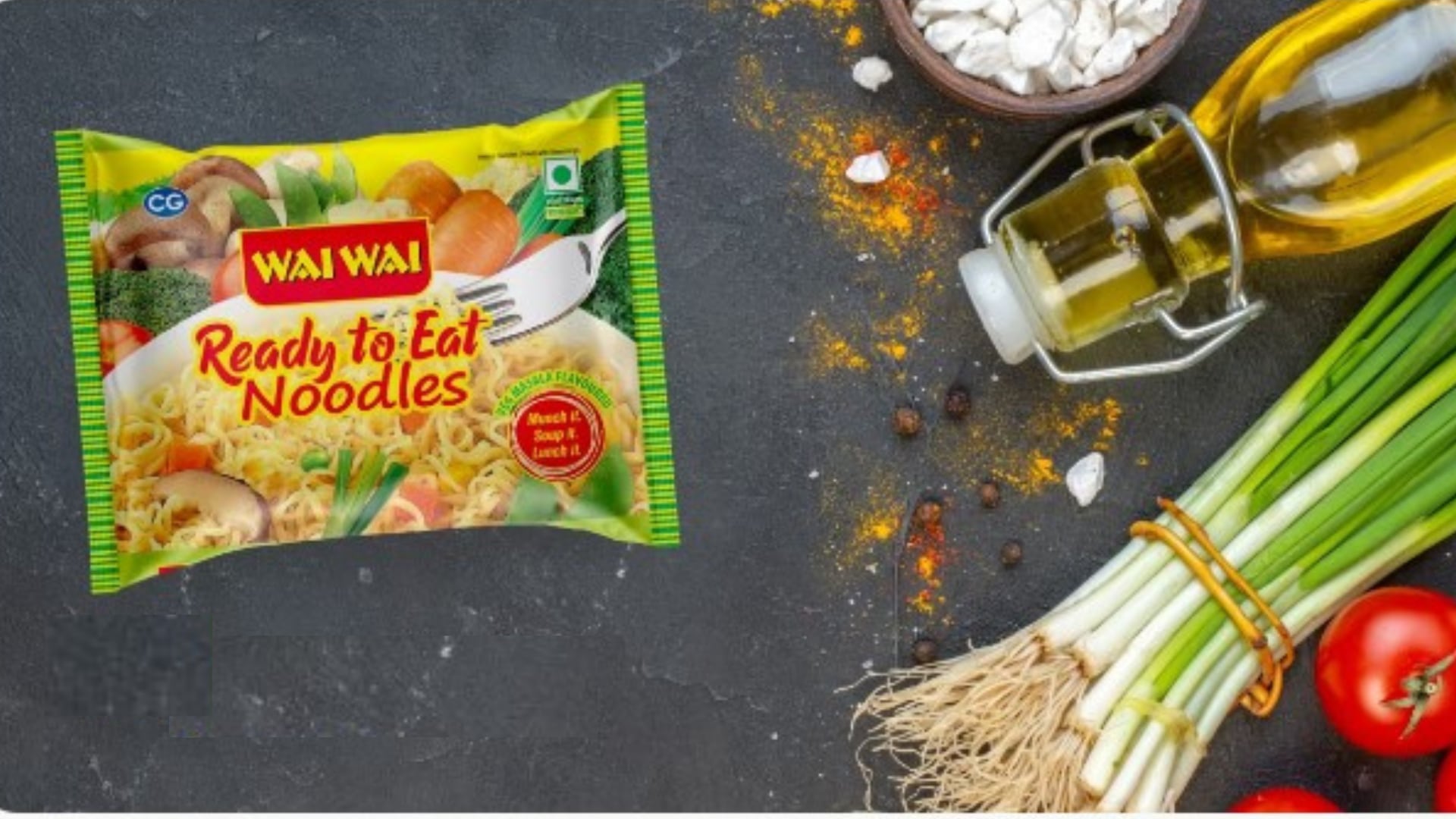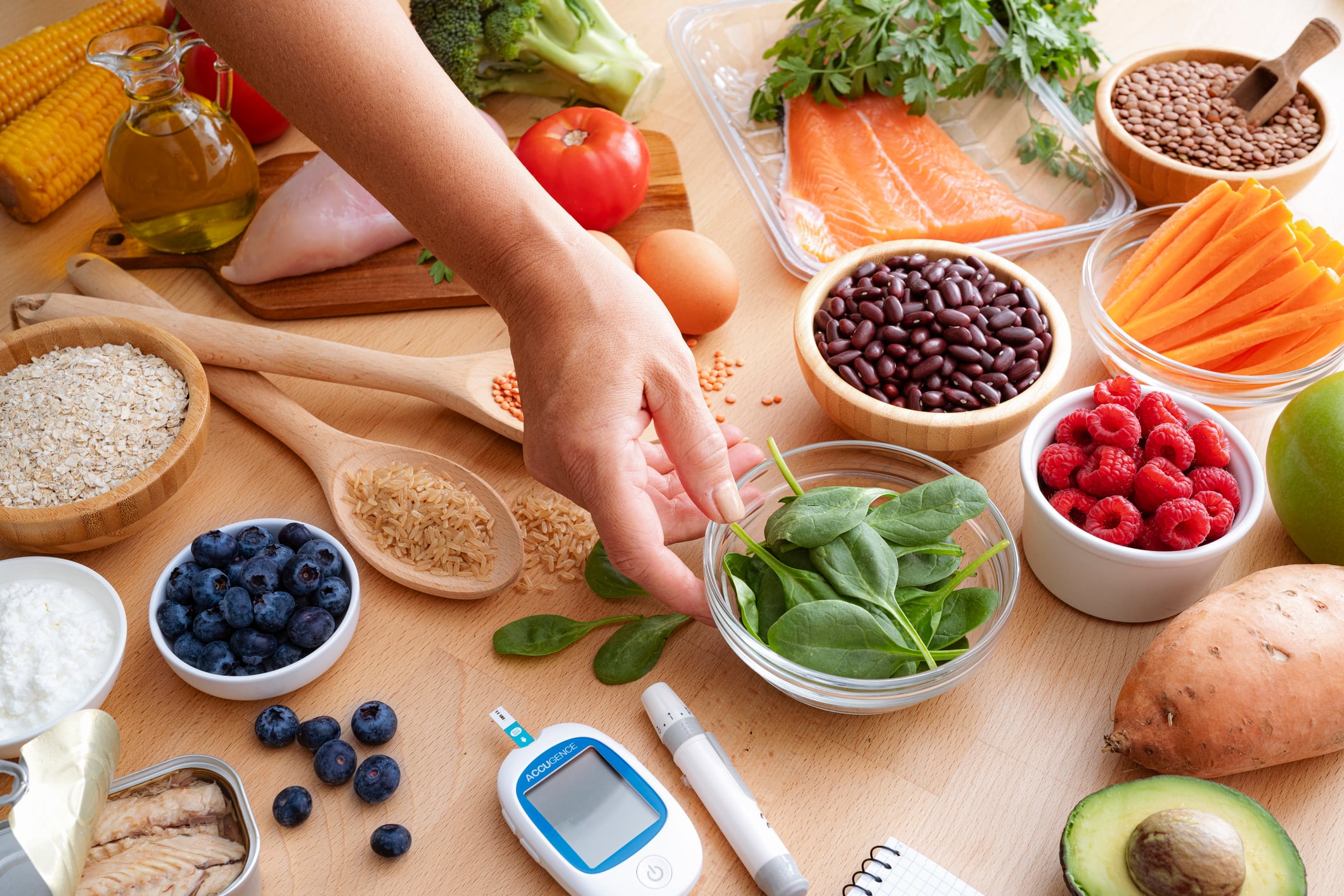China’s National Health Commission (NHC) and the State Administration for Market Regulation (SAMR) announced earlier this year that China’s nutritional labelling standards would be undergoing major changes to be enforced by March 16, 2027.
This would be implemented via updates to the General Rules for Nutrition Labelling of Prepackaged Foods (GB 28050-2025) and National General Food Safety Standard for the Labelling of Prepackaged Foods (GB 7718-2025).
However, both regulations in question are among the most comprehensive and complicated in the country, leading to some confusion in the food industry regarding specific implementation requirements – this has prompted the government to further release two comprehensive Q&A guidance documents in order to clarify the required changes.
Specifically, guidance for the food safety standard answers 68 common questions surfaced by industry, and guidance for the nutritional labelling standard answers 50 of the most commonly-asked questions.
“One of the most common questions we have received is which prepackaged foods need to adhere to these changes – the answer is that all prepackaged foods [that carry a nutrition label] need to adhere to these standards,” NHC stated via the documentation.
“This applies even if the food firm is generally not required to label their products (such as products that are not directly sold to consumers) but voluntarily chooses to do so – as long as the product is labelled with a nutrition label, the label must be attached in accordance with the changes.”
Another labelling requirement that China is enforcing is that none of the nutrient contents can be vague, mandating the declaration of specific quantities on the labels.
“Nutrient content should be indicated as per 100g (100ml) and / or per edible portion of food, such as ‘Protein 5.0g/100g’, and the Nutrient Reference Value (NRV%) should be indicated together with this,” stated the commission.
“As for the quantities, this must only be indicated using specific values – firms are not allowed to use ranges of values such as ‘≤XX’, ‘≥XX’, ‘X1~X2’ and so on.”
This change will have a major impact on prepackaged food quality and safety, as it is another layer of prevention against consumers being confused by nefarious food companies.
This has been further emphasised via the ‘0’ threshold, where China requires the calorie or nutrient content to be less than the threshold value that ensures the product has no actual nutritional significance before it can be labelled as such.
“For example, if a food contains 0.4g of protein per 20g serving but the protein content in 100g of the food is actually 2.0g, according to the ‘0’ threshold protein content per serving in the product’s nutritional information table must be declared as 0.4g and not 0,” it clarified.
Some key labelling updates:
- All products’ Nutrition Facts panels must now contain a new warning label that states ‘Children and adolescents should avoid excessive intake of salt, oil, and sugar’
- Mandatory labelling is now required to include details of seven components: energy, protein, fat, saturated fat, carbohydrates, sugar, and sodium
- As long as a nutrition label is present, all prepackaged foods as well as food storage and transportation packaging must also be labelled in accordance with this standard, even those not directly sold to consumers
The key updates:
-All products’ Nutrition Facts panels must now contain a new warning label that states ‘Children and adolescents should avoid excessive intake of salt, oil, and sugar’
-Mandatory labelling is now required to include details of seven components: energy, protein, fat, saturated fat, carbohydrates, sugar, and sodium
-As long as a nutrition label is present, all prepackaged foods as well as food storage and transportation packaging must also be labelled in accordance with this standard, even those not directly sold to consumers
Shelf life adjustments
China has been a big proponent of food waste reduction in recent years, particularly with the passing of the national Anti-Food Waste Law in 2021.
This was also reflected in the recent labelling updates, where special mention has been given to what China deems the ‘consumable shelf life’ of food products.
“Prepackaged foods may be voluntarily labelled with a ‘consumable shelf life’ date based on their properties, but must indicate the final date of consumption for consumer reference. This ‘consumable shelf life’ must not be shorter than the shelf life calculated for the product’s expiration date,” it stated.
“This is an important consideration to implement the requirements of China’s Anti-Food Waste Law, conserve food resources and prevent food waste, but food that has exceeded its shelf life must not be used for further manufacturing or sales.”
All prepackaged foods are also mandated to carry both the date of production as well as the expiration date to ensure clarity.




